
Concept explainers
a.
Match each of the following functions to the graphs.
a.
Answer to Problem 4CRT
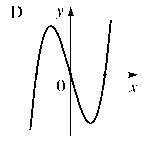
Explanation of Solution
Given information:
Without using a graphing calculator, match each of the following functions to the graphs below. Give reasons for your choices.


Calculation:
Consider ,
Check whether function is even or odd.
The function is odd. So the graph will symmetrical with respect to the origin.
The function is three degree, and leading coefficient is positive. The end behaviour of the function is,
The graph of the function is,
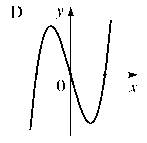
Hence, the graph is as shown.
b.
Match each of the following functions to the graphs.
b.
Answer to Problem 4CRT
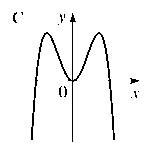
Explanation of Solution
Given information:
Without using a graphing calculator, match each of the following functions to the graphs below. Give reasons for your choices.


Calculation:
Consider ,
Check whether function is even or odd.
The function is even. So the graph will symmetrical with respect to the
The function is one of the only fourdegrees, and leading coefficient is negative. The end behaviour of the function is,
The graph of the function is,
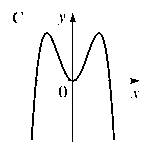
Hence, the graph is as shown.
c.
Match each of the following functions to the graphs.
c.
Answer to Problem 4CRT
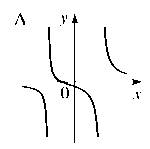
Explanation of Solution
Given information:
Without using a graphing calculator, match each of the following functions to the graphs below. Give reasons for your choices.


Calculation:
Consider ,
The function is quotient check whether function has vertical asymptote when denominator is equal to zero.
The graph of the function is,
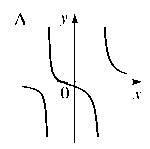
Hence, the graph is as shown.
d.
Match each of the following functions to the graphs.
d.
Answer to Problem 4CRT
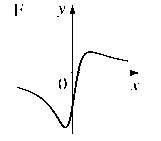
Explanation of Solution
Given information:
Without using a graphing calculator, match each of the following functions to the graphs below. Give reasons for your choices.


Calculation:
Consider ,
The function is quotient check whether function has no vertical asymptote because denominator is not equal to zero. Now check for horizontal asymptote.
The factorial expression is
The horizontal asymptote is the line
The graph of the function is,
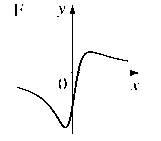
Hence, the graph is as shown.
e.
Match each of the following functions to the graphs.
e.
Answer to Problem 4CRT
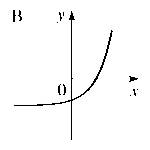
Explanation of Solution
Given information:
Without using a graphing calculator, match each of the following functions to the graphs below. Give reasons for your choices.


Calculation:
Consider ,
The function is exponential with
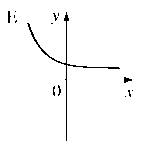
Hence, the graph is as shown.
f.
Match each of the following functions to the graphs.
f.
Answer to Problem 4CRT
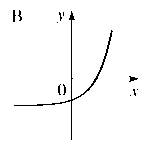
Explanation of Solution
Given information:
Without using a graphing calculator, match each of the following functions to the graphs below. Give reasons for your choices.


Calculation:
Consider ,
The function is exponential reflect it to
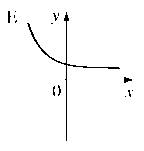
Hence, the graph is as shown.
Chapter 4 Solutions
Precalculus: Mathematics for Calculus - 6th Edition
 Calculus: Early TranscendentalsCalculusISBN:9781285741550Author:James StewartPublisher:Cengage Learning
Calculus: Early TranscendentalsCalculusISBN:9781285741550Author:James StewartPublisher:Cengage Learning Thomas' Calculus (14th Edition)CalculusISBN:9780134438986Author:Joel R. Hass, Christopher E. Heil, Maurice D. WeirPublisher:PEARSON
Thomas' Calculus (14th Edition)CalculusISBN:9780134438986Author:Joel R. Hass, Christopher E. Heil, Maurice D. WeirPublisher:PEARSON Calculus: Early Transcendentals (3rd Edition)CalculusISBN:9780134763644Author:William L. Briggs, Lyle Cochran, Bernard Gillett, Eric SchulzPublisher:PEARSON
Calculus: Early Transcendentals (3rd Edition)CalculusISBN:9780134763644Author:William L. Briggs, Lyle Cochran, Bernard Gillett, Eric SchulzPublisher:PEARSON Calculus: Early TranscendentalsCalculusISBN:9781319050740Author:Jon Rogawski, Colin Adams, Robert FranzosaPublisher:W. H. Freeman
Calculus: Early TranscendentalsCalculusISBN:9781319050740Author:Jon Rogawski, Colin Adams, Robert FranzosaPublisher:W. H. Freeman
 Calculus: Early Transcendental FunctionsCalculusISBN:9781337552516Author:Ron Larson, Bruce H. EdwardsPublisher:Cengage Learning
Calculus: Early Transcendental FunctionsCalculusISBN:9781337552516Author:Ron Larson, Bruce H. EdwardsPublisher:Cengage Learning





